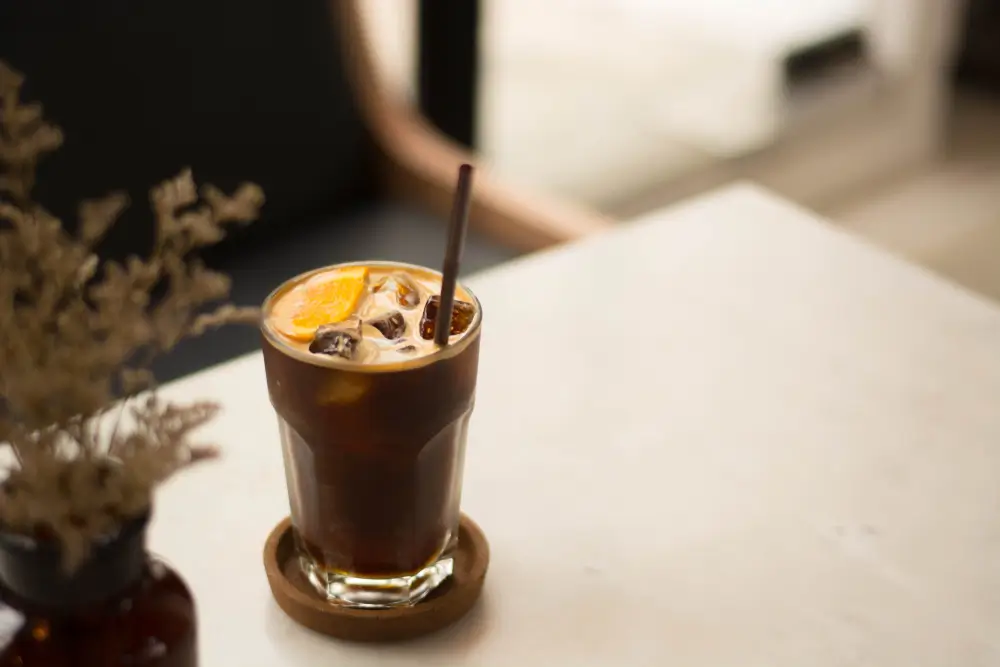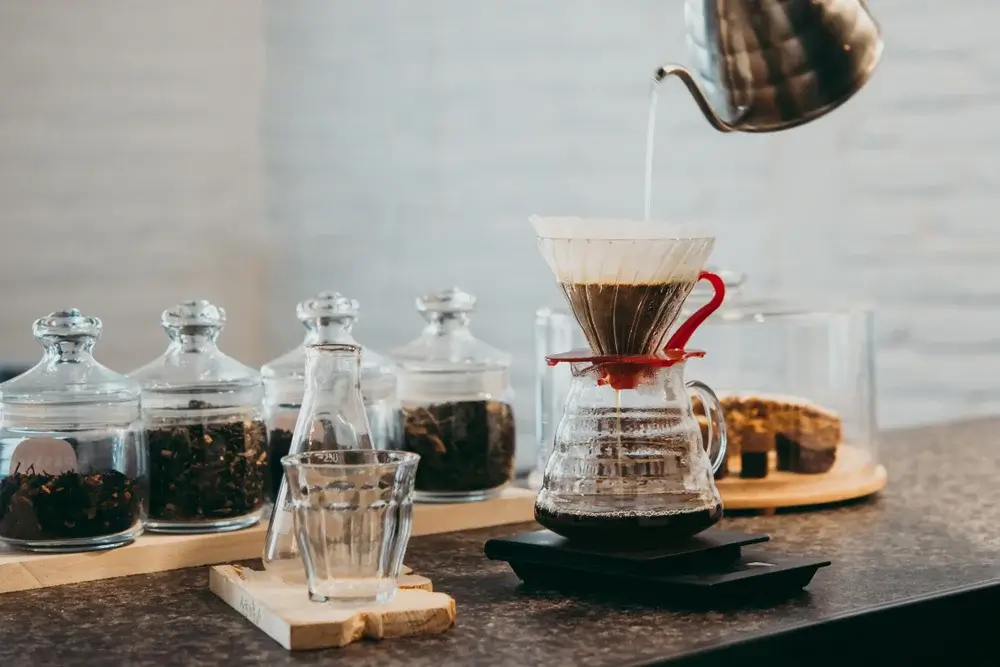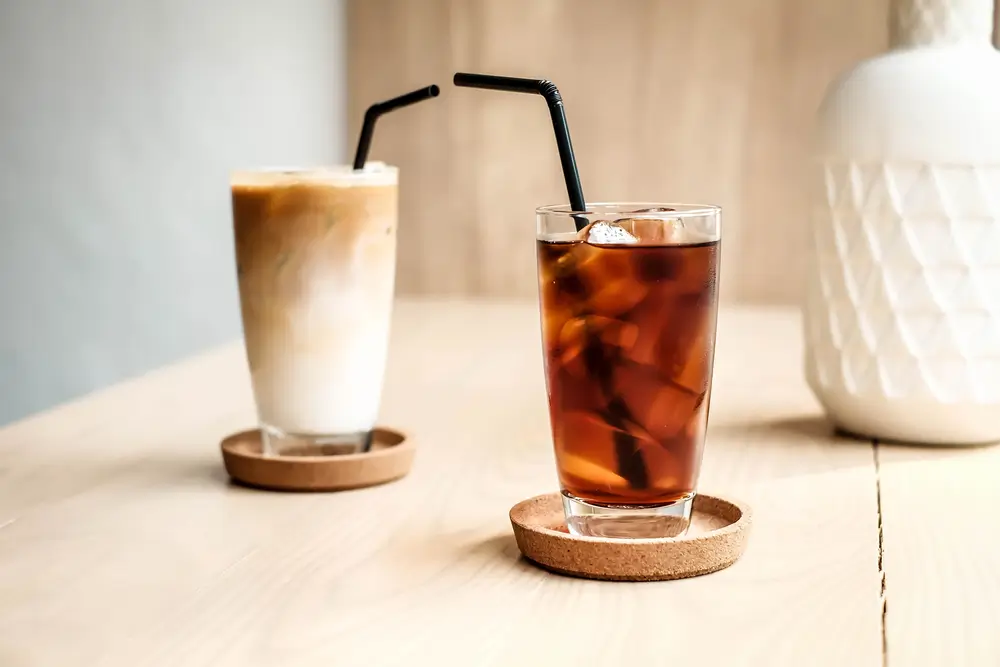Coffee is more than just a morning ritual or an afternoon pick-me-up; it’s an experience that engages all the senses. Among the many factors that influence this experience, temperature plays a crucial role. The temperature at which you drink your coffee can significantly affect its flavor, aroma, and overall enjoyment. Whether you prefer your coffee piping hot or slightly cooler, finding the optimal drinking temperature can elevate your coffee experience to new heights. In this article, we’ll explore why temperature matters, the science behind it, and how you can achieve the perfect cup every time.
Scientific Basis of Coffee Temperature
The temperature at which you drink your coffee can drastically influence its taste and aroma. This is because temperature affects the solubility and volatility of the compounds in coffee, which in turn impacts its flavor profile. When coffee is too hot, above 150°F (65°C), the high temperature can mask the subtle flavors and aromas, making the coffee taste more bitter and less nuanced. Conversely, if the coffee is too cold, below 120°F (49°C), it can taste flat and lack the depth that is characteristic of a well-brewed cup.

At an optimal temperature range of 120°F to 140°F (49°C to 60°C), coffee’s flavors are more balanced, allowing the drinker to appreciate its full complexity. This range provides a sweet spot where the acidity, bitterness, and aroma harmonize to deliver a pleasing and well-rounded taste. Understanding the scientific principles behind coffee temperature can help you appreciate why your cup of coffee tastes the way it does and how you can manipulate it to your preference.
Recommended Temperature Range
Different types of coffee are best enjoyed at specific temperatures, and knowing these can enhance your coffee-drinking experience. For instance, espresso is typically served at a higher temperature, around 160°F to 165°F (71°C to 74°C), to preserve its rich and robust flavor. Drip coffee, on the other hand, is often best enjoyed at a slightly cooler temperature, around 140°F to 160°F (60°C to 71°C), where its intricate flavors can be more fully appreciated.
Cold brew coffee, as the name suggests, is served cold, but even within this category, there are optimal temperature ranges. For a refreshing and smooth cold brew, serving it at around 40°F to 50°F (4°C to 10°C) can enhance its smoothness and reduce any potential bitterness. Understanding these temperature nuances can help you tailor your coffee preparation to suit the specific type of coffee you are enjoying.
Practical Tips for Achieving the Best Temperature
Achieving and maintaining the optimal temperature for your coffee can be challenging, but with the right tools and techniques, it’s entirely feasible. One of the simplest methods is to use a kitchen thermometer to measure the temperature of your coffee. This can help you ensure that it falls within the ideal range before you start drinking.
Insulated mugs and carafes are excellent tools for maintaining coffee temperature. They help keep your coffee at the desired warmth without the need for reheating, which can alter the flavor. Additionally, warming your cup before pouring in the coffee can help retain heat for longer periods. If your coffee gets too cold, resist the urge to microwave it; instead, consider adding hot water or reheating it on the stove to maintain its flavor integrity.
Personal Preferences and Cultural Variations
While there is a scientific basis for the optimal coffee drinking temperature, personal preferences play a significant role. Some people may prefer their coffee scalding hot, while others might enjoy it lukewarm. These preferences can be influenced by various factors, including cultural practices and individual taste profiles.

In some cultures, coffee is traditionally consumed at very high temperatures. For example, in Turkey and Ethiopia, coffee is often served piping hot, almost immediately after brewing. In contrast, Scandinavian countries tend to serve coffee at slightly cooler temperatures, reflecting their preference for a milder, less bitter taste. Understanding these cultural variations can broaden your appreciation for how coffee is enjoyed around the world and may inspire you to experiment with different temperatures to find what you enjoy most.
Conclusion
Whether you prefer your coffee hot, warm, or cold, understanding and experimenting with temperature can enhance your overall coffee experience. So next time you brew a cup, take a moment to consider the temperature and savor the nuanced flavors that come to life in the perfect sip.
Stay tuned for more coffee brewing guides, recipes, and bean roasts.


